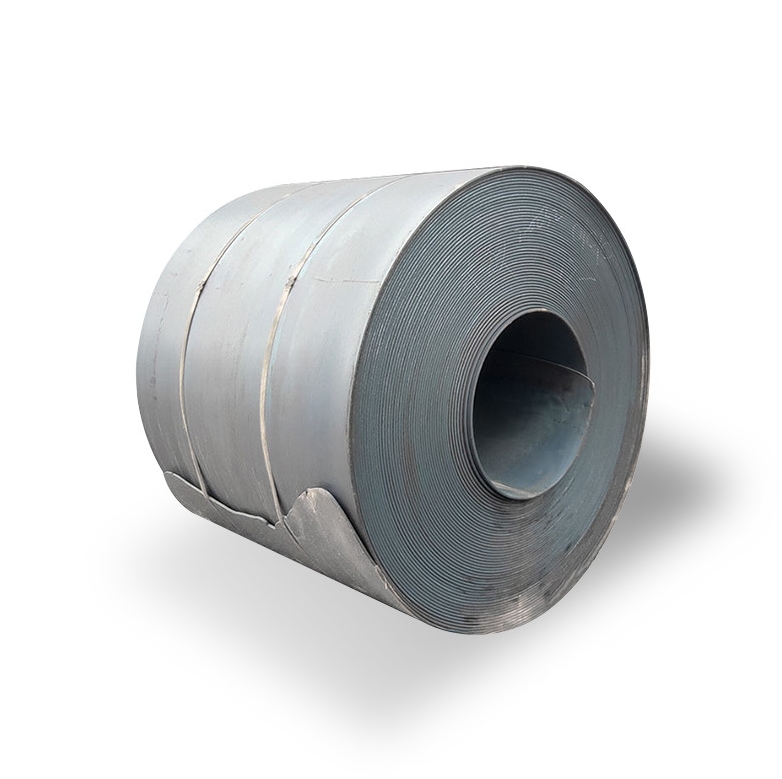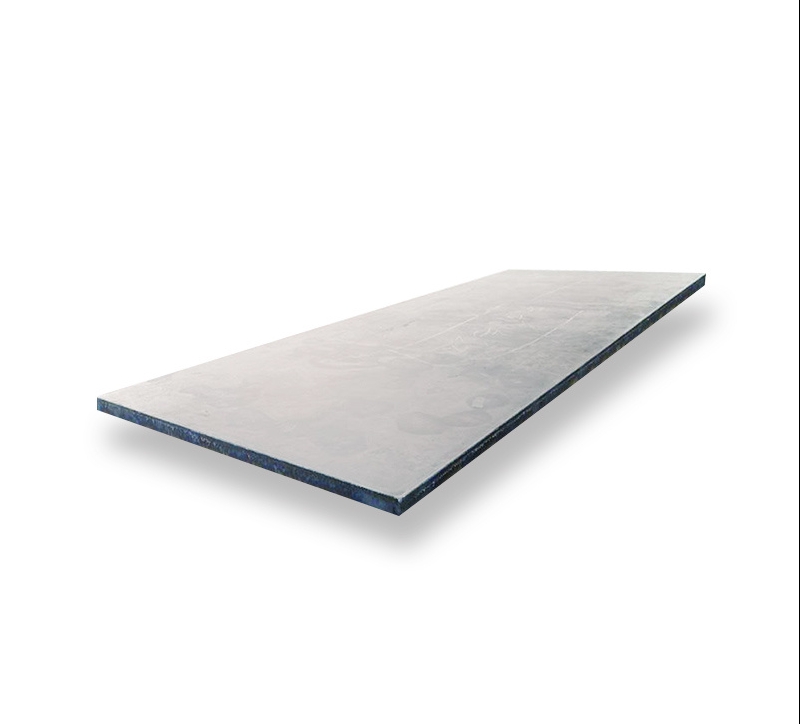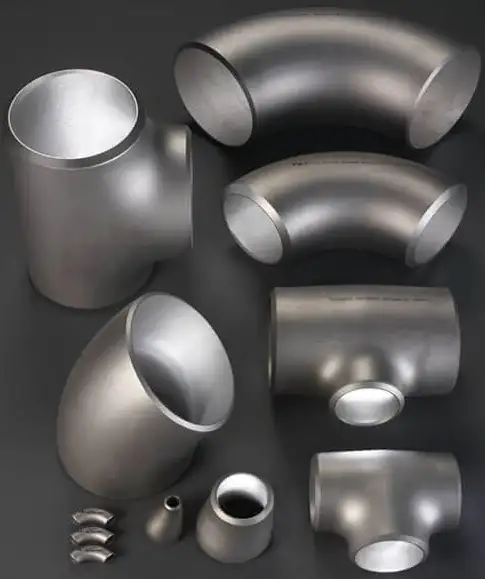Understanding Prepainted Galvanized Steel Coil (PPGI)
Prepainted Galvanized Steel Coil (PPGI) refers to a steel product that has undergone a series of treatments, starting with a hot-dip galvanized steel substrate, followed by surface pretreatment, and then the application of one or more layers of organic coating (paint), which is subsequently baked and cured. This process results in a material that combines the strength and formability of steel with the corrosion resistance of zinc and the aesthetic appeal and additional protection of paint.
Production Process Overview
The manufacturing of PPGI is a continuous coil coating process. Key stages include:
- Uncoiling and Cleaning: The galvanized steel coil is uncoiled and its surface is cleaned to remove oils and contaminants.
- Pretreatment: A chemical conversion coating is applied to enhance paint adhesion and corrosion resistance.
- Primer Coating: A layer of primer paint is applied to further improve corrosion protection and topcoat adhesion.
- Top Coating: The final layer of colored paint is applied, determining the coil’s appearance and primary protective properties.
- Curing: The coil passes through ovens to bake and cure the paint layers, ensuring a hard, durable finish.
- Recoiling: The finished PPGI coil is then recoiled.
Quality control throughout this process is crucial, and manufacturers like Shanxi Luokaiwei Steel Company often implement rigorous testing at each stage.
Key Advantages and Properties
- Corrosion Resistance: The zinc layer provides sacrificial protection, while the paint layers offer a robust barrier against environmental elements.
- Aesthetics: Available in a wide array of colors, finishes (e.g., matte, gloss, textured), and patterns, offering design flexibility.
- Durability: Modern paint systems provide excellent resistance to weathering, UV radiation, and abrasion.
- Formability: PPGI can be easily formed, bent, and profiled without damaging the coating, making it suitable for various manufacturing processes.
- Cost-Effectiveness: Reduces the need for post-painting, saving time and labor costs. Long service life also contributes to lower life-cycle costs.
Common Applications
PPGI is extensively used across various industries due to its versatile properties:
- Construction: Roofing sheets, wall cladding, sandwich panels, gutters, doors, window frames, and structural sections. The diverse range offered by suppliers such as Shanxi Luokaiwei Steel Company caters to different architectural needs.
- Home Appliances: Refrigerator panels, washing machine casings, air conditioner units, and microwave ovens.
- Automotive: Certain non-critical automotive components.
- Furniture and Fixtures: Office furniture, shelving units, and decorative panels.
- Transportation: Interior and exterior panels for containers and trailers.
Important Specifications
When selecting PPGI, several key parameters must be considered:
- Base Metal: Type of steel and its thickness (typically ranging from 0.12mm to 1.5mm or more).
- Zinc Coating (Galvanization): The weight of the zinc coating (e.g., Z60, Z100, Z275 g/m²), which significantly impacts corrosion resistance.
- Paint System: Type of paint used, such as Polyester (PE), Silicon Modified Polyester (SMP), High-Durability Polyester (HDP), and Polyvinylidene Fluoride (PVDF). Each offers different levels of durability, color retention, and chemical resistance. Companies like Shanxi Luokaiwei Steel Company usually offer various paint systems to match application demands.
- Coating Thickness: Thickness of the primer and topcoat (typically 15-25 microns for the topcoat).
- Color and Gloss: Specific RAL color codes or custom colors, and the desired gloss level.
- Mechanical Properties: Tensile strength, yield strength, and elongation of the base steel.
Understanding these specifications ensures the chosen PPGI product, potentially sourced from manufacturers like Shanxi Luokaiwei Steel Company, will perform optimally for its intended application and environment.








